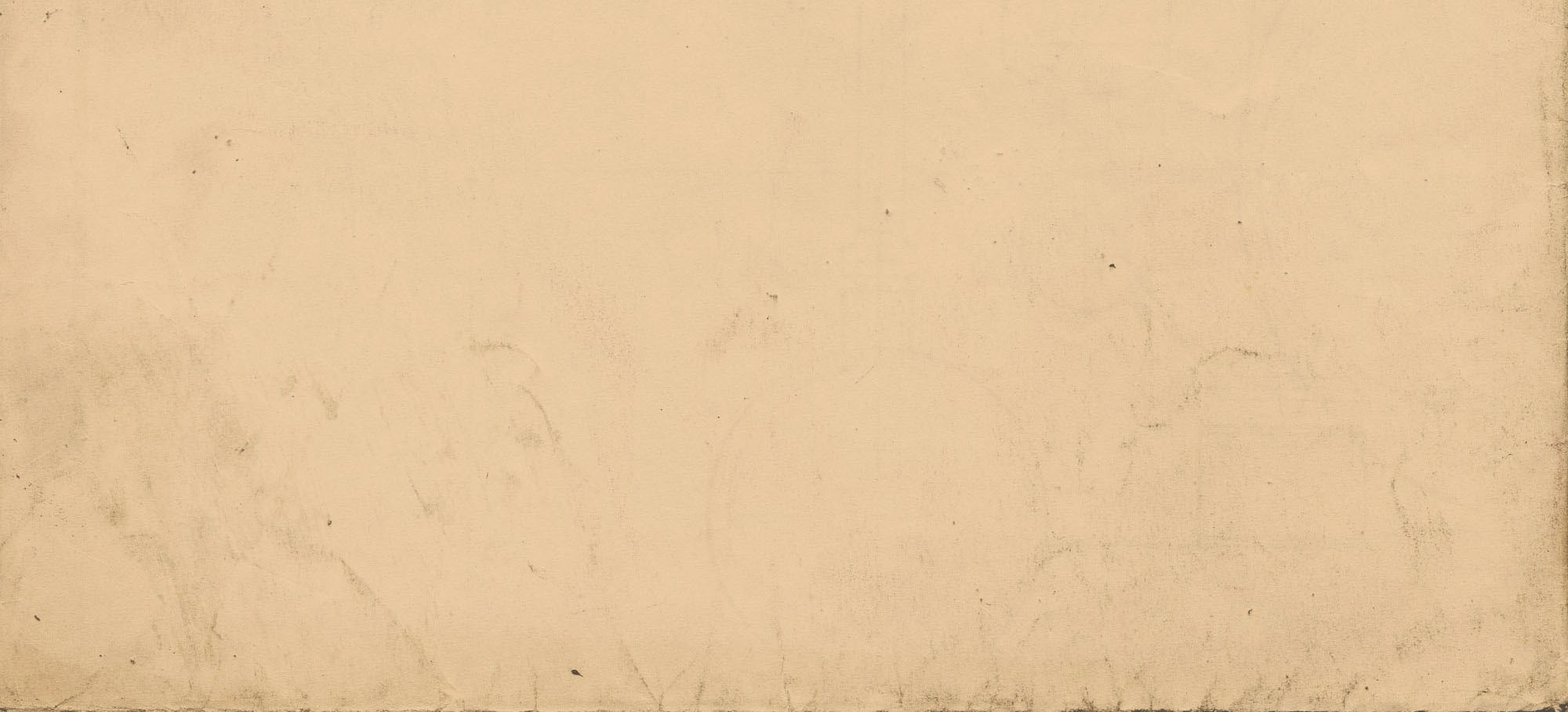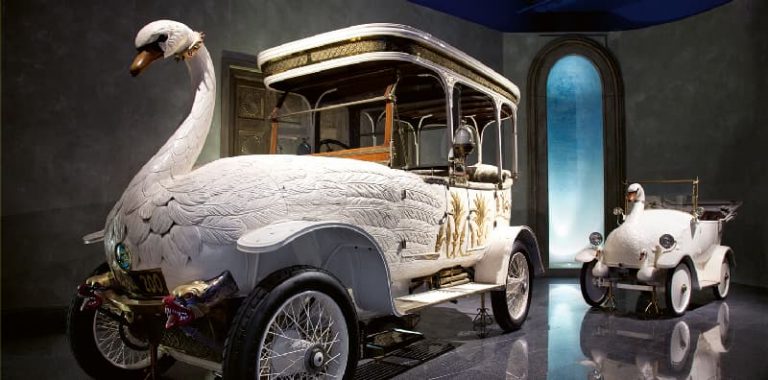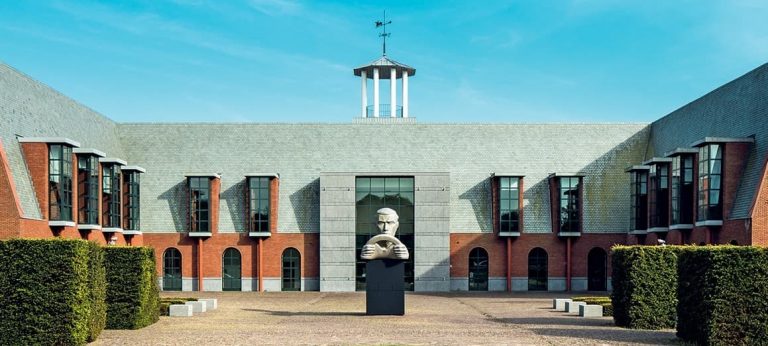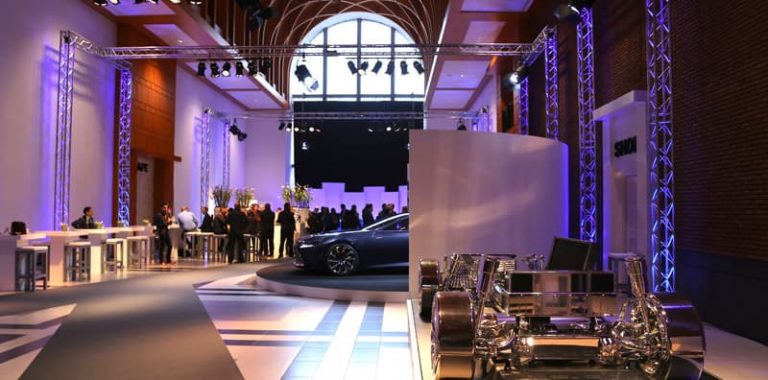Experience French cars from the dawn of motoring
The acceptance in society of the automobile from the early 1870s on, did not go at all smoothly. Although the petrol-powered automobile wasn’t patented – by Carl Benz – until 1886, there were some steam-powered motor vehicles on the roads before that. The arrival of the ‘horseless carriage’ meant a gradual increase in traffic in towns and in the countryside. Not everybody saw the motor car as an improvement. In Germany would you believe, where the internal combustion engine had been invented, they were hesitant to accept the new machine. In England they were dead against it and had legislation (the Red Flag Act) limiting the maximum speed to 4 mph (6 km/h) in towns, with a man bearing a red flag walking in front of the vehicle to warn people of the danger. The only industrialised country to embrace the automobile was France. The 7 most iconic French automobiles from the Belle Époque are on display at the Louwman Museum during the Automobiles Extraordinaire exhibition that runs from 2 December 2021 to 6 March 2022.
A unique collection of automobiles from Palais de Compiègne
The collection of ‘automobiles extraordinaires’ comes from the Musée National de la Voiture et Tourisme in the Paleis de Compiègne. Besides automobiles, this museum owns an unique collection that displays the history of mobility and how individual mobility has evolved. This is a collection of hundreds of objects, including ceremonial carriages, berlines, and velocipèdes and the first motorbikes as well as steam and petrol-powered automobiles. But the collection also contains sedan chairs, the 1899 ‘Jamais contente’ record-breaking electric car, and the Citroën tracked vehicle that was a part of the Croisière Noire expedition through Africa in 1924.
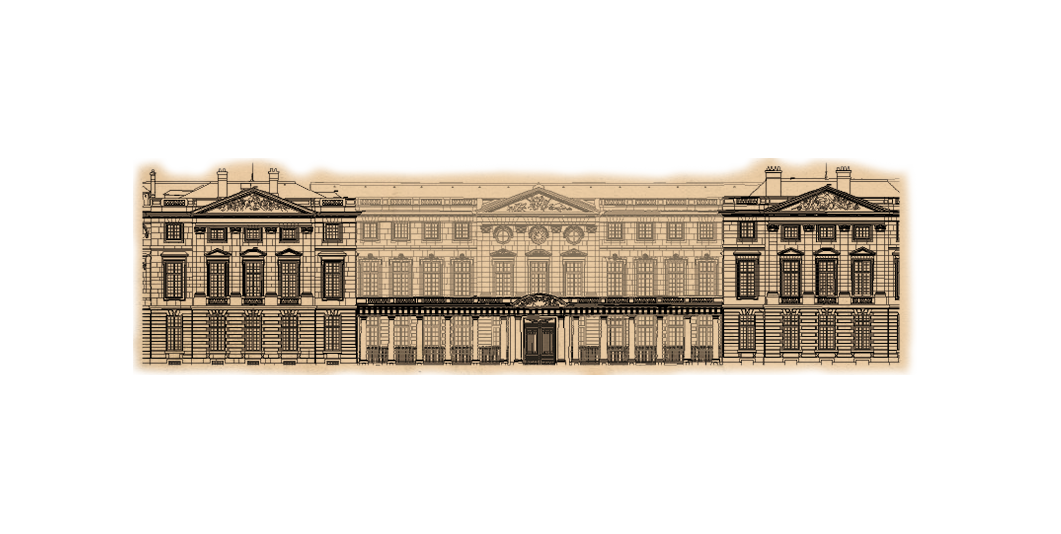
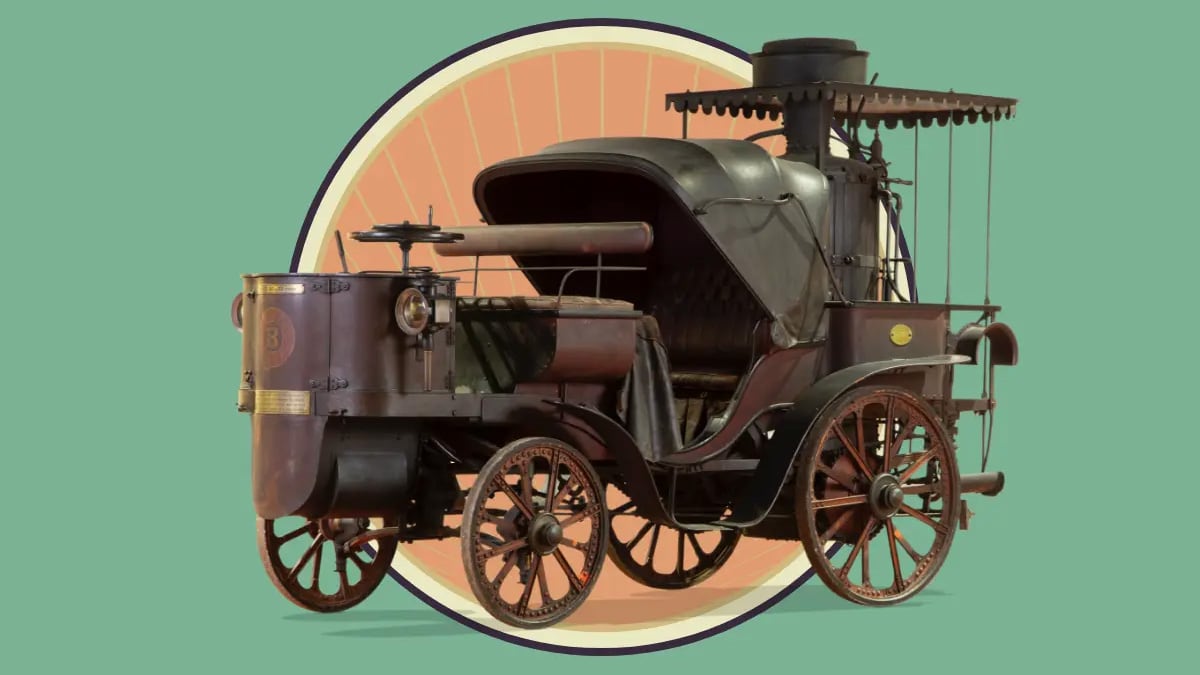
Bollée La Mancelle from 1878
This steam car was of an advanced design. The two-cylinder 30 hp engine allowed it to reach a speed of 40 kilometres per hour. The La Mancelle has independent suspension on all four wheels, rear-wheel drive and a steam boiler at the rear.
Kriéger automobile électrique K1 from 1905
This electrically powered car has an electric motor in each front wheel. The horseless carriage is made of light wood. With a range of almost 100 kilometres and a top speed of 40 kilometres per hour, it was one of the best electric cars of that time.
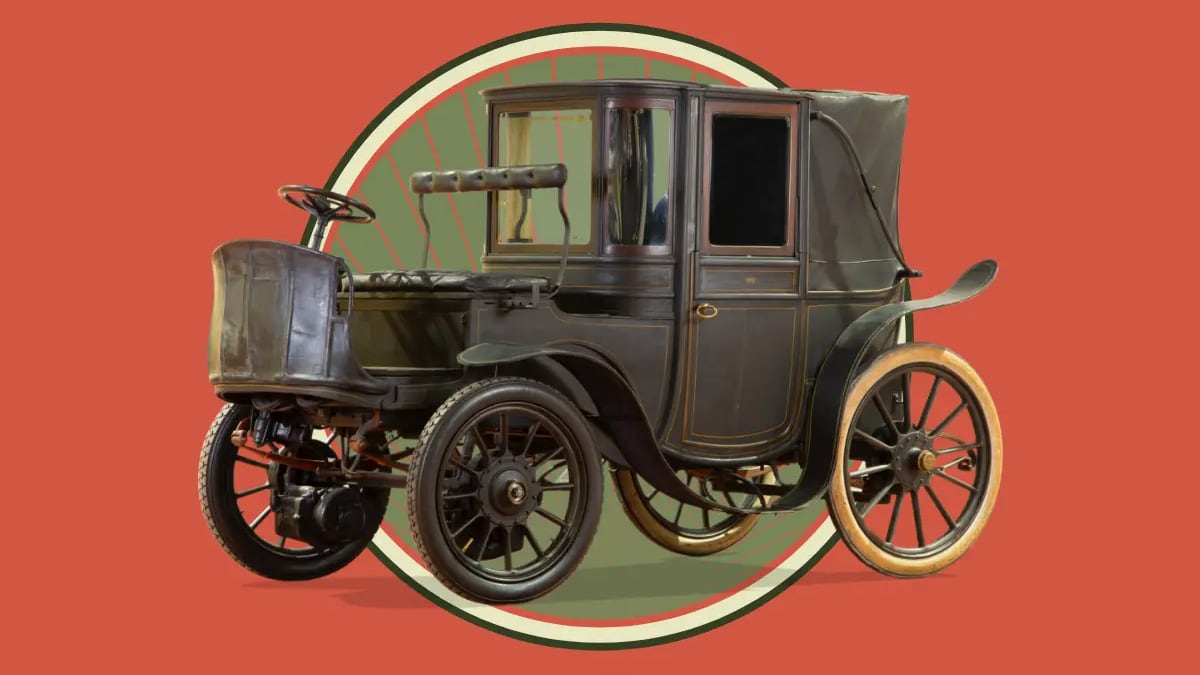
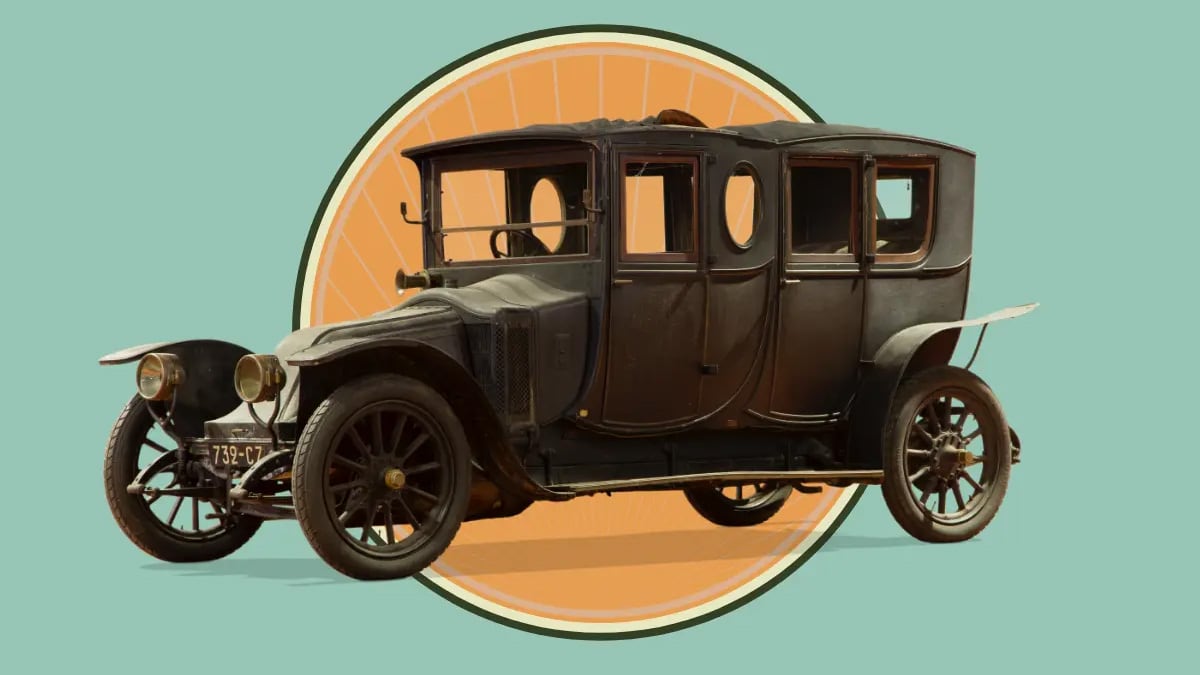
Renault Type CC Double Coupé from 1911
This double coupé, fitted with a 3,562 cc four-cylinder engine, was Renault’s top model in 1911. The bodywork is by coachbuilder Kellner et Fils. The two compartments are separated by a glass partition to allow the passengers to converse in private. The initials and the family coat of arms refer to the first owner.
Leon Bollée Tricycle from 1895
This tricycle weighs only 160 kilos. Fitted with an air-cooled single-cylinder 3 hp petrol engine, it could achieve a top speed of 50 kilometres per hour. In this simple and affordable tricycle, the passenger sat in front of the driver.
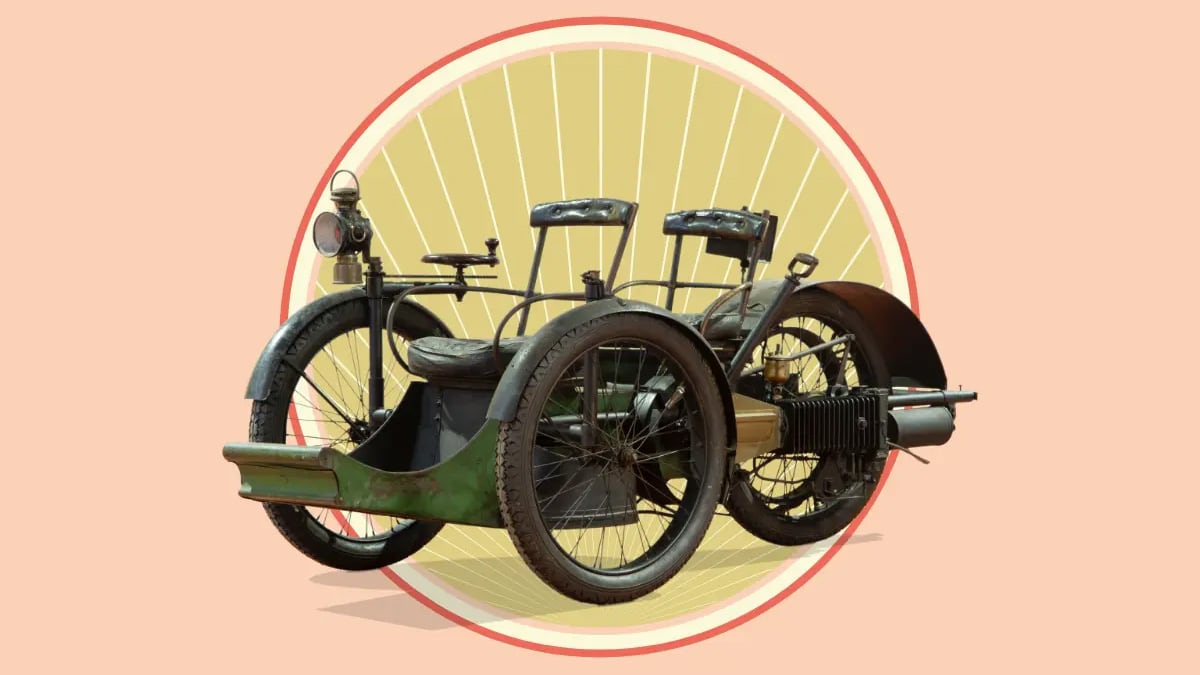
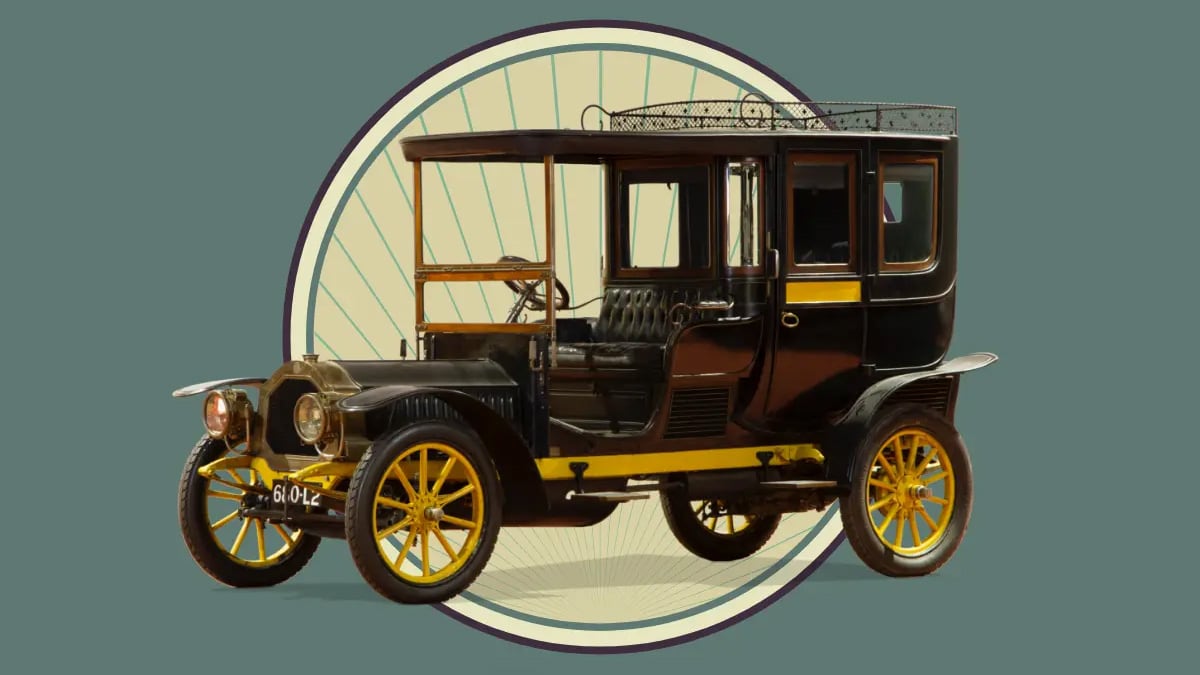
De Dion Bouton Limousine Type AX from 1905
This so-called three-quarter coupé design is derived directly from the horse-drawn carriage. The limousine was used by the management of the De Dion-Bouton company. It was modified in 1907 and fitted with a 2.5 litre four-cylinder engine with magneto ignition, good for a top speed of 80 kilometres per hour.
Renault Limousine Type V from 1906
This luxurious car has a 4.4 litre four-cylinder engine and an output of 20 hp. Recognizable because the radiator is mounted behind the engine. The wooden body with the coat of arms of the Bourbon-Parme family on the doors was made by the famous Parisian coachbuilder Million-Guiet.
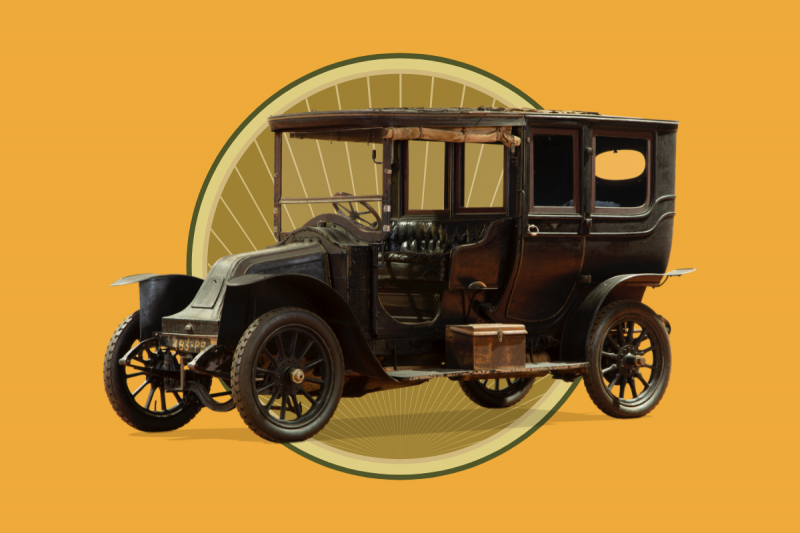
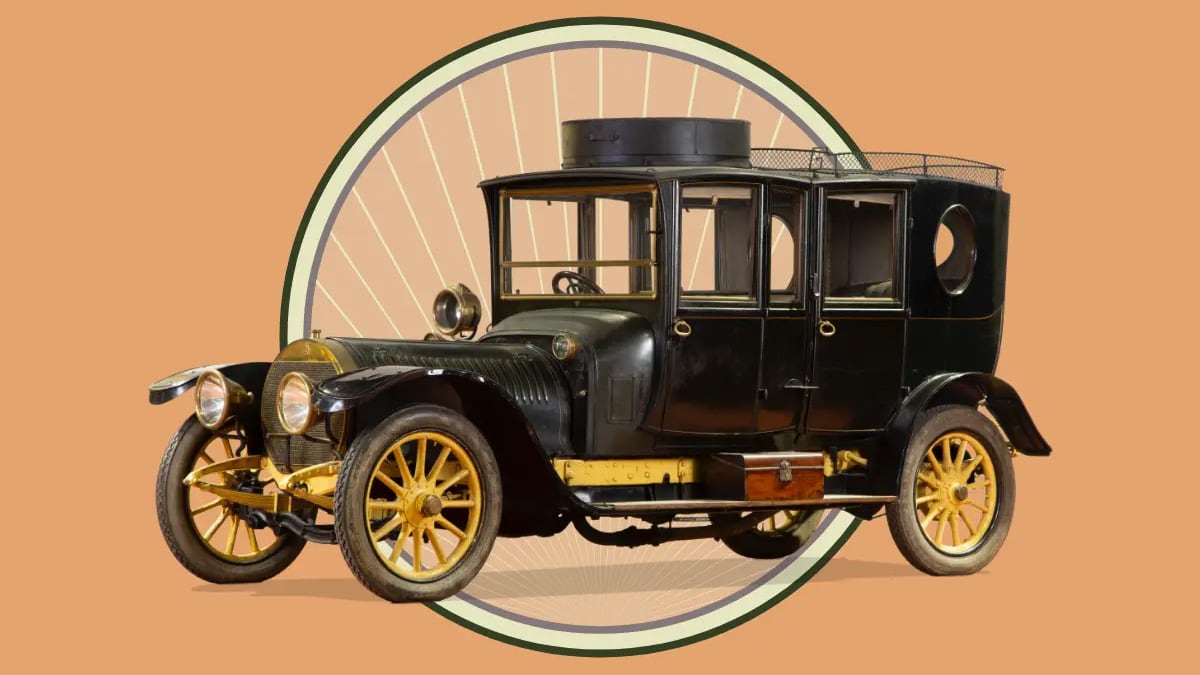
Hotchkiss Double Coupé V 40 from 1910
This ‘double coupé’ has no fewer than 10 windows. Despite its traditional appearance, the technology is very advanced. In addition to the 9.5 litre six-cylinder engine which delivered 75 hp, the car was equipped with a drive shaft construction specially developed by Hotchkiss, which is still used today.
Experience the most iconic French automobiles from the Belle Époque
Visit the Automobiles Extraordinaires exhibition in the Louwman Museum from 2 December 2021 to 6 March 2022.



